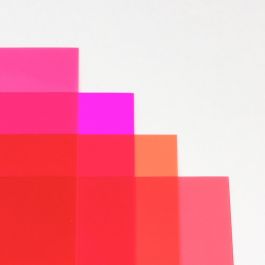There is absolutely no need whatso ever to guess what filtration values to use to obtain a set filtration with Ilford MG5. There should be a printed leaflet in with every packet/box of paper which tells you what the filtration should be to get a particular grade. This is constant for 3 different filtration values depending on what enlarger you are using Some enlargers use what are known as 'Kodak' Values such as my LPL. Then there are 'Durst' Values, which you need and a 3rd one which is specifically for the Leica V35, although I had heard that this was close enough to one of the the values to be ignored. I may be wrong.
With all three there are single filtration and dual filtration. I use the latter, i.e. dual filtration. The filtration needed for the hardest or softest grades are the only ones that need a change of exposure. If you start off with Grade 2 as your benchmark, always use the dual filtration so you can go up and own the scale without needing to re-assess the exposure. With a Durst enlarger you can dial in a true Gd 5 but with my LPL and others of the same make or group will only give you a grade 4.5.
If your film developing techniques are consistent there should be little to gain by going above Gd 3 or below Gd1. The exception being dull weather or a subject with poor contrast or bright sunshine with deep shadows or burnt out highlights.
If you use Gd 2 and assess that an exposure an exposure is good for most of the print, but there are areas that do not have enough detail or are too dark, then don't swap the filtration around because that will only shift the light or dark areas every where on the print. Read up about the technique of 'dodging' where using something stuck to a bit of wire such as a small piece of paper to reduce the light on that area. Or the opposite, using you hands. or a piece of paper with a hole cut in it and held under the lens to allow more light to reach the area that is under exposed. It takes practise, practise and more practise to get it right nut once you do that is like riding a bicycle, you never forget.
Also I take the developing times that Ilford suggest as the very minimum! (at 20 degrees C) I usually develop for at least 25%, more but never less. When I started out printing very nearly 60 years ago you could not extend developing times too much because that would stain the paper, fortunately now that risk has gone. One printer who was giving a demonstration about printing was a bit of a cynic who said "You pay for the silver content of the emulsion - so make use if it". Working under the light of a safelight reduces the ability of the eyes to see when the correct depth of tone is reached, so always use the time method of visual inspection, except in certain circumstances is nothing but guesswork. But whatever you do, at first, be prepared to waste a bit of paper.


